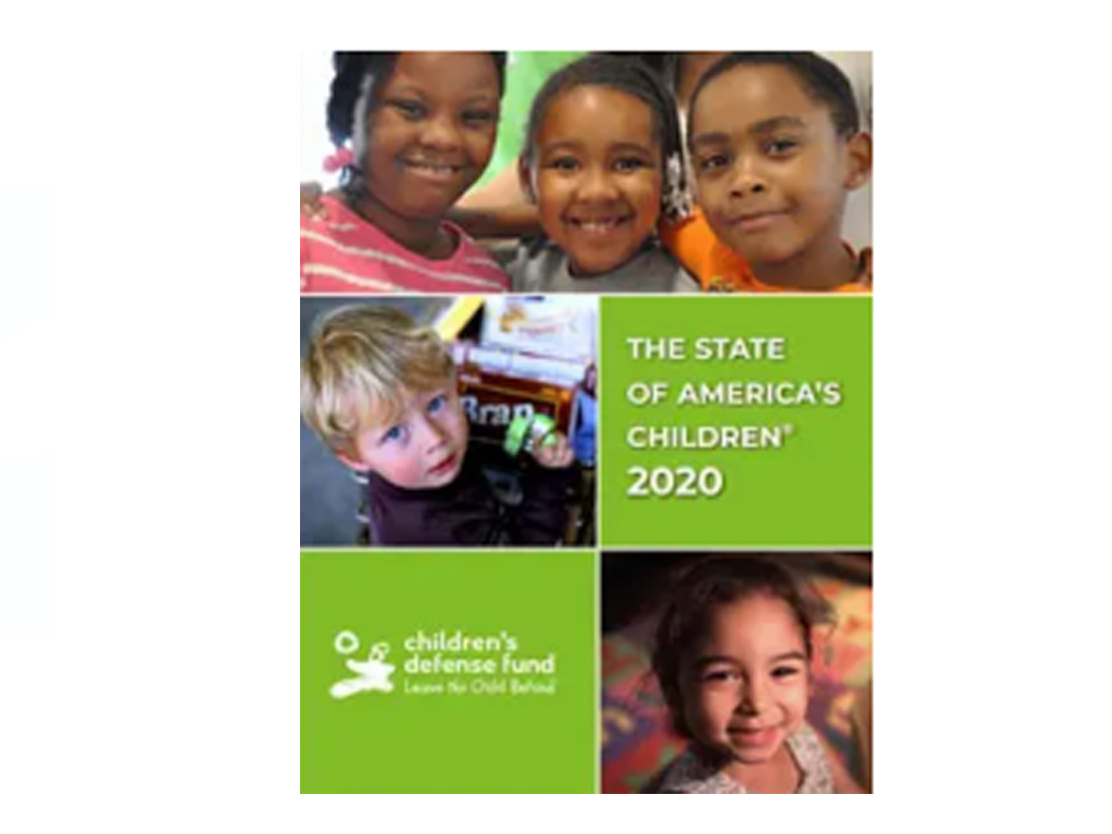Earlier this month, the Washington Post reported that an internal budget document for the federal Department of Health and Human Services proposes eliminating funding for Head Start and Early Head Start. The document says, “The federal government should not be in the business of mandating curriculum, locations and performance standards for any form of education.”
Supporters of early childhood education should be deeply troubled by this proposal and by the closure earlier this month of five regional Administration for Children and Families (ACF) offices that provide operational support to local Head Start programs. Head Start is an important part of New York’s early childhood ecosystem, providing care, education, and support to community-based programs that serve thousands of children and their families.
Who Head Start supports
The federal government established Head Start in 1965 to provide comprehensive early learning and development support at no cost to children and families whose household incomes are at or below the federal poverty level ($32,150 for a family of four) or who receive public assistance. Head Start also offers services to children experiencing homelessness, children in foster care, children with disabilities, Native and American Indian children, and children of migrant and seasonal workers.
In addition to early learning programs, Head Start also provides meals, medical and dental screenings, and health support for families.
How Head Start works
Nationally, Head Start operates on a “federal-to-local” funding model: In communities across the country, local school districts, nonprofit and for-profit groups, faith-based institutions, tribal councils, family and home-based settings, and other community organizations design and operate programs that are responsive to their community’s unique needs while qualifying for federal funding through the federal Administration for Children and Families.
The national Office of Head Start provides training and technical assistance to these local programs to support consistency and best practices in high-quality programming, and yearly reports to Congress provide transparency and accountability about Head Start standards.
Head Start and the early learning workforce
Head Start often serves as a model for strengthening the early childhood workforce across the country. In 2024, for example, regulatory changes to the Head Start Program Performance Standards required Head Start programs to raise their educators’ salary to parity with local public school prekindergarten teachers, which the Office of Head Start estimated would increase most teachers’ annual salary by about $10,000.
Head Start in New York State
Head Start, which has served nearly 40 million children nationwide over the past 60 years, currently supports 48,000 children in New York State and 750,000 across the country. (See this map from the Center for American Progress to find out how many Head Start slots are available in your Congressional district.)
Head Start is especially critical in “child care deserts,” or areas that lack sufficient child care services to meet demand. According to a February 2025 report from New York State Comptroller Thomas DiNapoli, 60% of New York’s census tracts — particularly in rural areas — still qualify as child care deserts.
The New York State Head Start Association works closely with our state’s Council on Children and Families and Early Childhood Advisory Council and is a vital part of the early care and learning ecosystem in New York State.
How to stay informed
- The Center for American Progress has published a report on 5 Things to Know About Head Start, including an interactive map of Head Start grantees by Congressional district.
- Visit the National Head Start Association to learn more about Head Start and what eliminating funding would mean for children and families.
- Explore these 2025 state fact sheets from the National Head Start Association.
- Visit the New York State Head Start Association to learn more about Head Start’s role in New York State.


